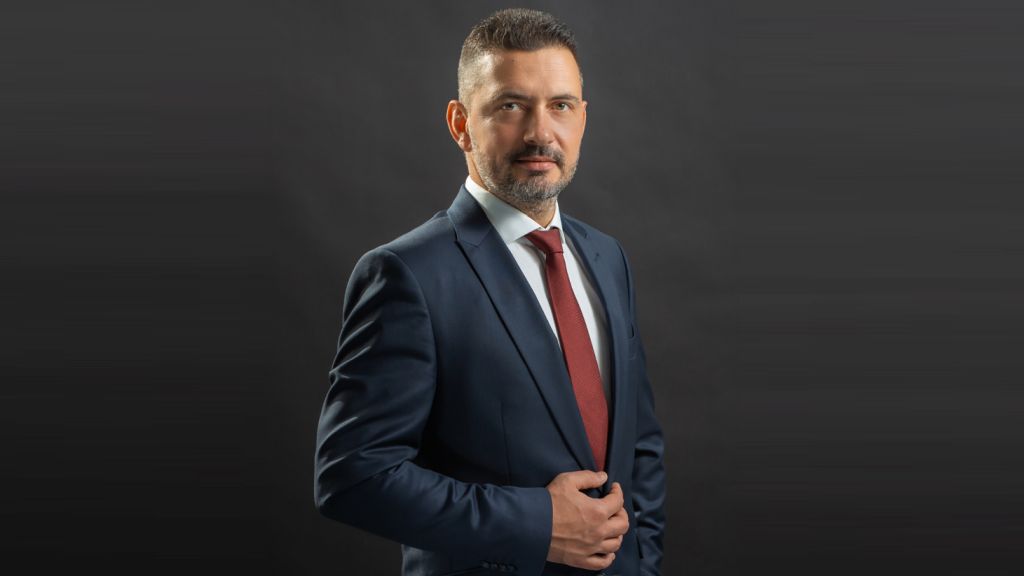Even since the birth of the company, more than 120 years ago, innovation was in its DNA and it’s still a very important lever which reflects in each action or product and it serves to the company’s vision to provide the best solutions for a sustainable mobility and this is the main driver for Michelin’s actions. Innovation is not a trick which is used when the times are bad but it’s a lever integrated in the long term strategy and it aims to provide the best solutions to the future’s problems.
Every Michelin tire or innovation adheres to the same philosophy, which can be summed up in a single phrase: In every product that Michelin designs, the goal is always to safely transport as many people or goods as possible, as far as possible while consuming as little material as possible.
I think that openness towards innovation should be touched and cultivated starting with school and the educational system should have a clear orientation to support talents with adapted methods, technics and resources. Also the government should encourage an environment which supports innovation and create special programs that allow researchers to grow their expertise and access resources. Only with the involvement of each stakeholder, the private, social and business community a country could develop a strong R&D orientation with quantifiable results on a long term and thus a real contribution to the country’s economy.
Michelin has a strong involvement in supporting innovative projects also in Romania and over time has developed a strong relation with the technical universities and encourages the talented students to follow their passion by offering them know-how, resources and mentors which guide them in different projects developed in the plants in Romania. Michelin’s research and development programs have long focused on providing solutions for a sustainable mobility, giving us unrivalled expertise in different areas like safety or fuel efficiency. Backed by an annual budget of over €600 million, the Group’s R&D teams of over 6000 have developed innovative solutions, even breakthrough technologies, such as the self-repairing tire and In-Wheel Motor assemblies.
To support innovation for sustainable mobility, Michelin organizes the global summit Michelin Challenge Bibendum which brings together different stakeholders to forge a shared vision of tomorrow’s safer, cleaner transportation while remaining focused on the fact that the challenges and different sources of innovation are now global.
At the 11th edition of Challenge Bibendum organized in 2011 in Berlin, Michelin presented five type of tire innovations and three types of breakthrough technologies all providing solutions to major problems currently facing the road transport sector: a self-repairing car tire, a concept truck tire that can carry loads of up to five tones, a motorized wheel or a fuel cell and other. All these innovations are the results of years of work from our R&D departments and we are all eager to see what the novelties are presented in the next edition.
The Michelin Group brought to the market some of the most important innovations from the industry. And to give you just a few examples, in 1913, Michelin invented the removable steel wheel and in 1946 the radial tire which is used even today and was a real revolution for the industry. In 1992, Michelin launched the first green tire, MICHELIN Energy™ which helps saving fuel and since its launch it help saving more than 17 billion liters of fuel while more than 43 billion of CO2 emissions where not released in the atmosphere.
The Michelin innovations take into account the issue of raw materials efficiency since the tire plays a crucial role in fuel consumption. In fact, tires are responsible for nearly 20% of the energy consumed to move a car powered by an internal combustion engine and up to 30% for a full electric vehicle in urban use. The goal is to design tires that help to reduce fuel consumption while maintaining the same high performance in the areas of safety and longevity. That’s why innovation at Michelin is such a powerful force.
Michelin is continuously pushing its capacity for innovation to new levels. One of the major challenges facing the Group involves the efficient use of raw materials and tire longevity. Thanks to a materials efficiency index, the Group’s technicians can measure the performance of materials incorporated in tires. Specifically, the index measures what a unit of material can accomplish, such as, for one kilogram of material, how many tonnes can a truck tire carry, how many kilometers can a car tire travel or how many landings can an aircraft tire make.
The stakes are considerable. Just like production costs, operating margin and customer service indices, the materials efficiency index should make it possible to asses the performance of Michelin tires and thereby provide insight into the Group’s manufacturing performance.
The R&D Department’s priorities are to reduce energy consumption and CO2 emissions, use as little rubber and other natural resources in tire manufacture as possible, lower moving masses and maximize tire longevity while delivering improved safety performance.
In short, there is a connection – even a clear alignment – between the Group’s practical innovations and this unique forum, the Michelin Challenge Bibendum. Solutions to the problems of tomorrow must be found through a concerted effort on the part of all stakeholders. Public authorities, energy suppliers, carmakers and equipment manufacturers must work together to ensure the sustainable mobility of the future.






























